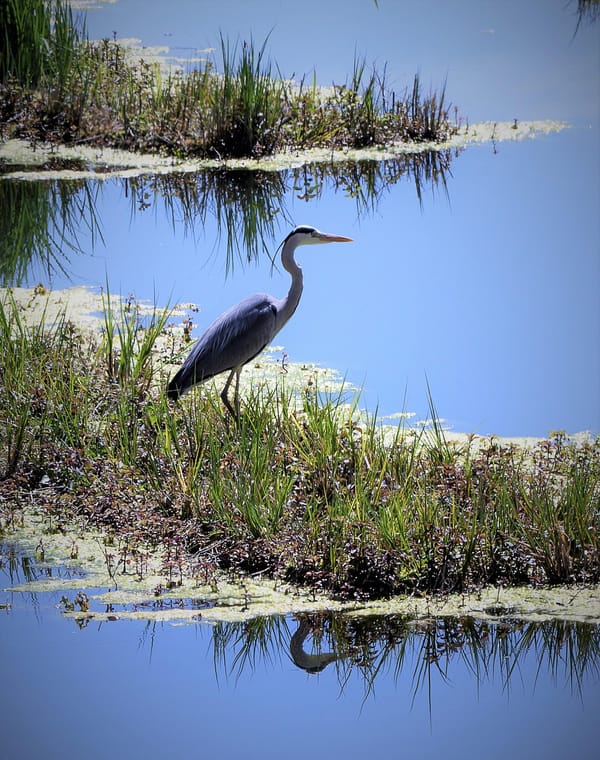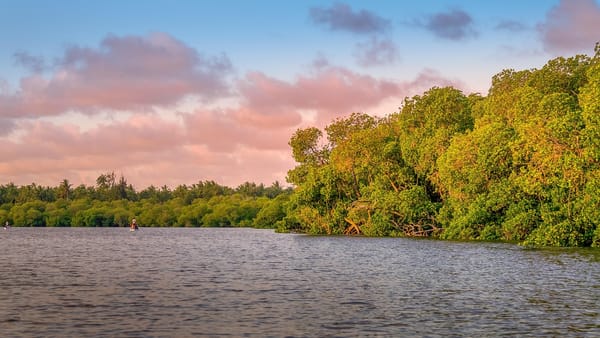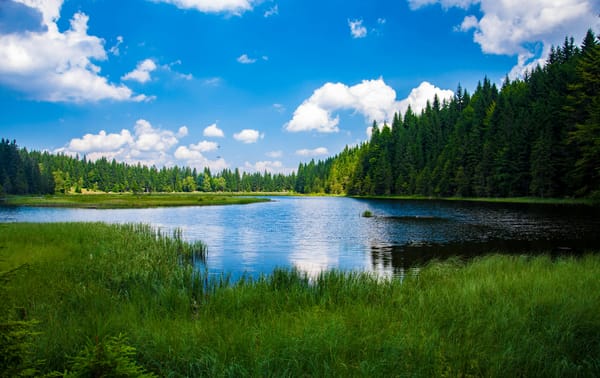African Species On The Clock
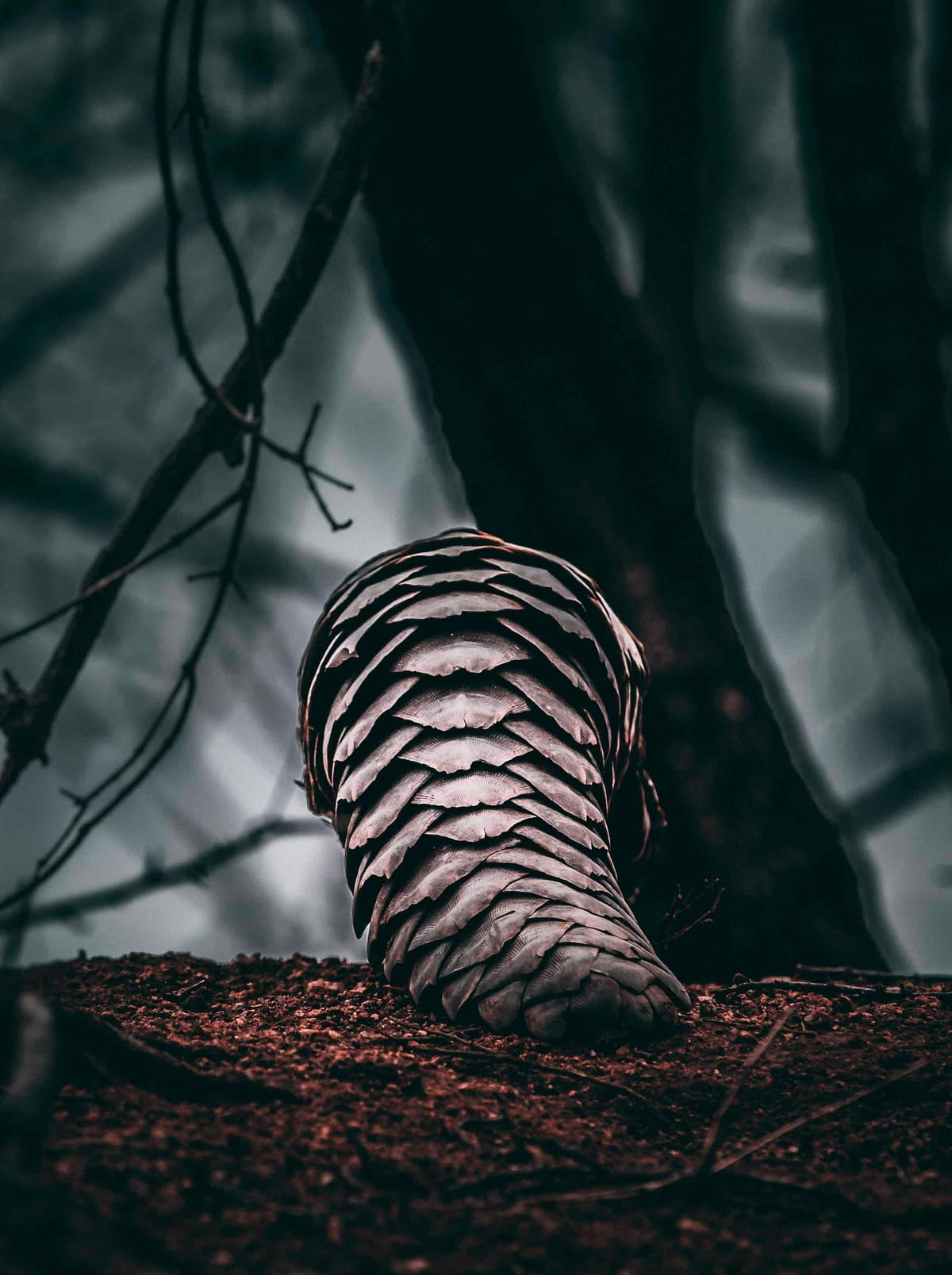
A Pangolin is poached every 3 minutes for its scales, making it the most trafficked mammal on the planet. Elephant tusks become a high end collectors item and the same fate prescribed to Rhino horns. Bear fur? A luxury coat that we can honestly do without. And the list goes on…
Specific wildlife populations have been taking a hit for decades and are now dangerously close to extinction. Despite conservation efforts that have been on the rise in the past years, we are still in the red when it comes to certain species giving them the unfortunate title of endangered.
Simply put endangered species can be defined as organisms (plants or animals) in danger of extinction. As bleak as that statement sounds it does have a silver lining. These species are not extinct, Yet!
Starting us off is an intelligent bird species now more common in peoples homes as opposed to the wild.
The African Grey Parrot
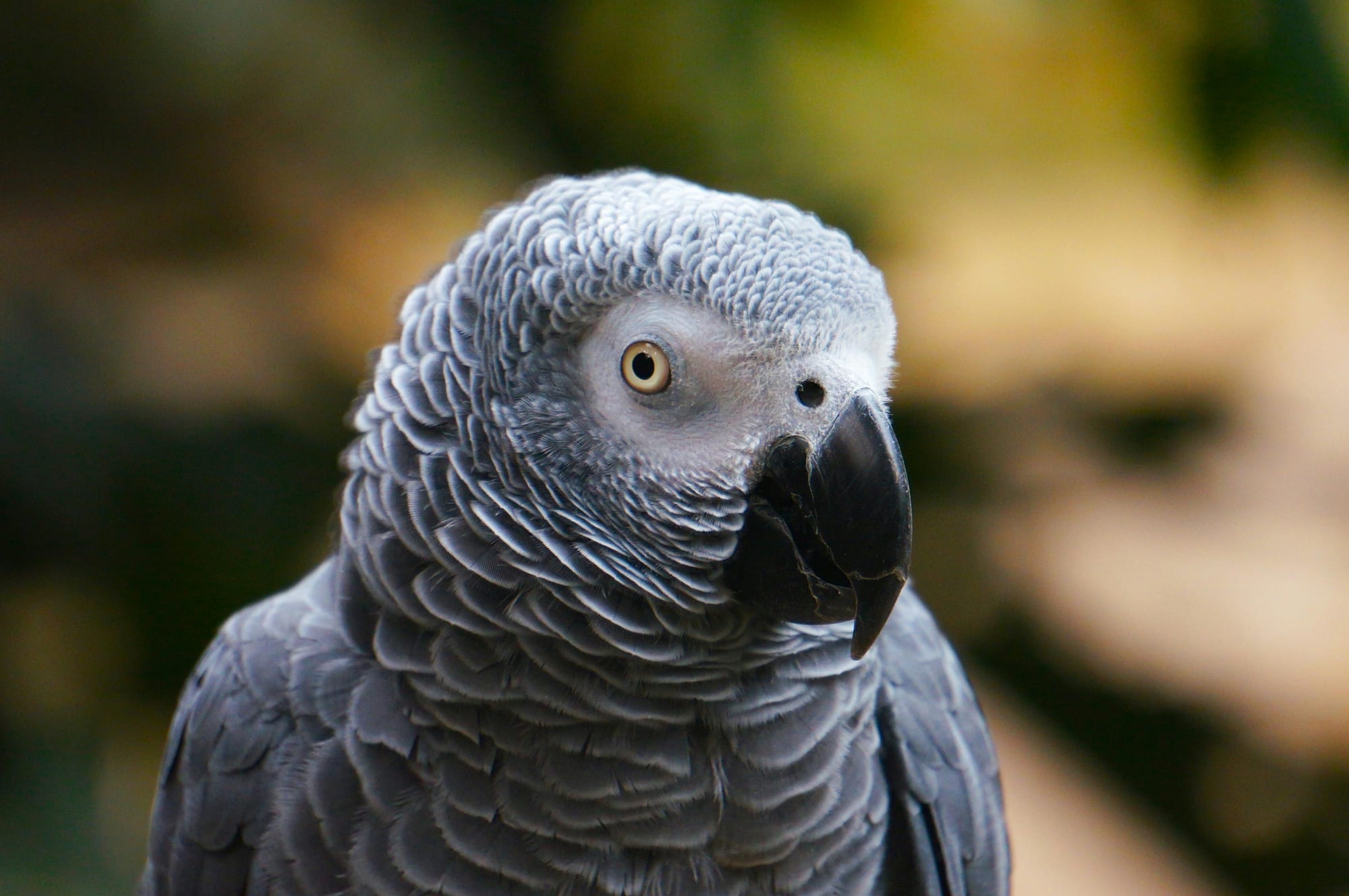
Once free now caged in peoples homes, the African grey parrot is the most popular pet bird in the world. Their incredible ability to mimic speech has landed them in the International Union for Conservation of Nature (IUCN) Red list as endangered. The African grey parrot also known as the Congo grey parrot and scientifically as Psittacus erithacus has the ability to learn 1000 words and has been known to have the cognitive ability of a 5 year old child.
As the name suggests the bird is predominantly grey in colour with an absolutely striking crimson shade at its literal tail end. If you’re lucky enough to see one in full flight even better. These intelligent birds can be found in lowland rainforests in West, Central and parts of East Africa. African greys as they are commonly called are highly social birds that roost in large flocks and fun fact they are also a monogamous species.
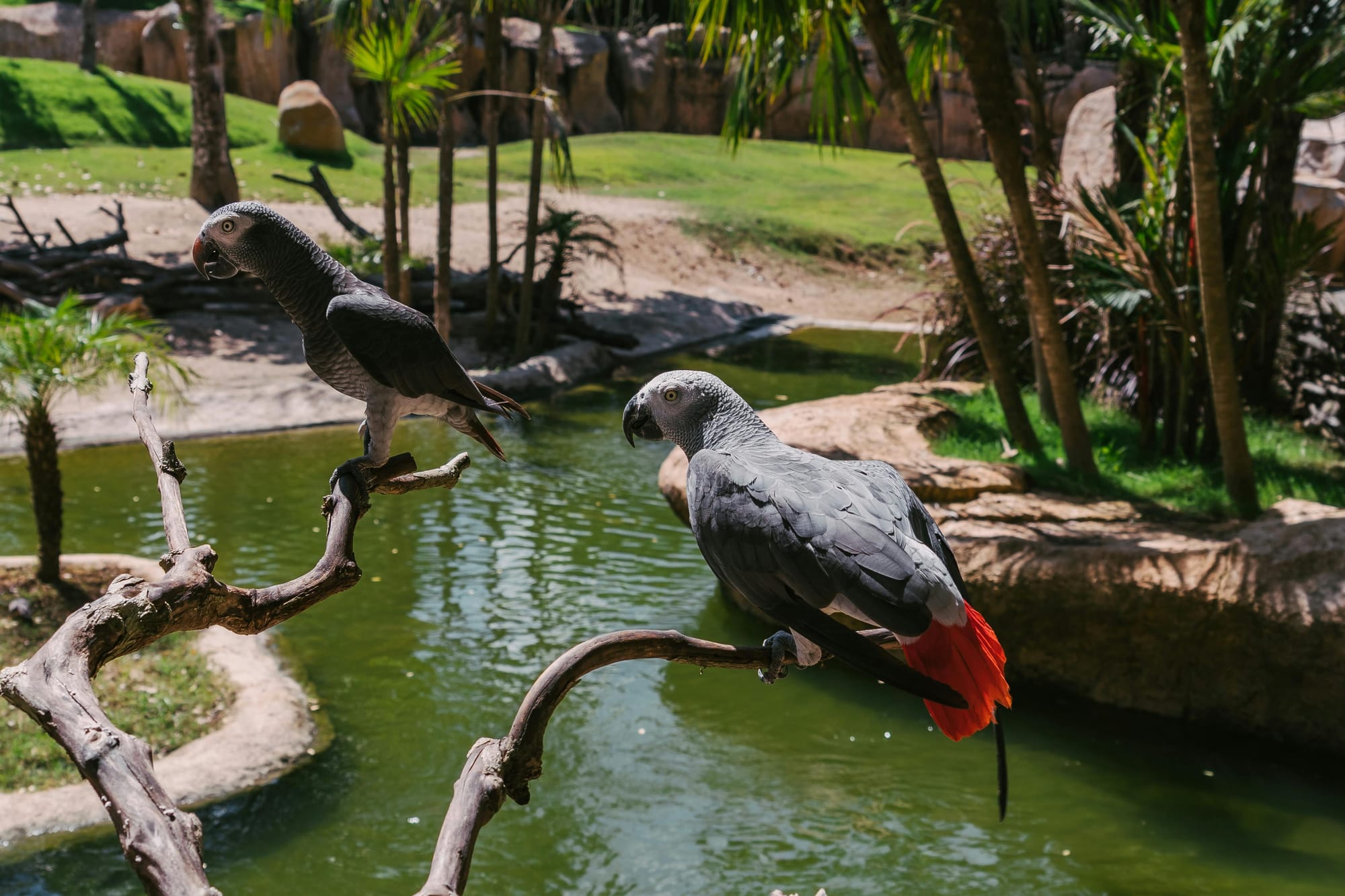
These parrots are herbivores and particularly love to nimble on oil palm nuts and the berries of the cola plant. They can also be seen foraging for a variety of berries, nuts, seeds and fruits which brings me to their role in the ecosystem. Like most birds the African greys help in seed propagation within the forest as well as plant pollination which sustains various tree species.
Unfortunately, due to its popularity as a smart companion and their shockingly long life span, Africa’s largest parrot is now facing extinction. The demand for this bird is fueling the illegal pet trade with poachers stealing chicks from their nests and most of them dying in transit. Greys are also facing habitat loss due to deforestation in their native regions.
As much as we love them as pets one has wonder, will this species survive if we continue to have them as companions? Should there be an initiative to reintroduce African Greys back into their natural habitat?
Pangolin
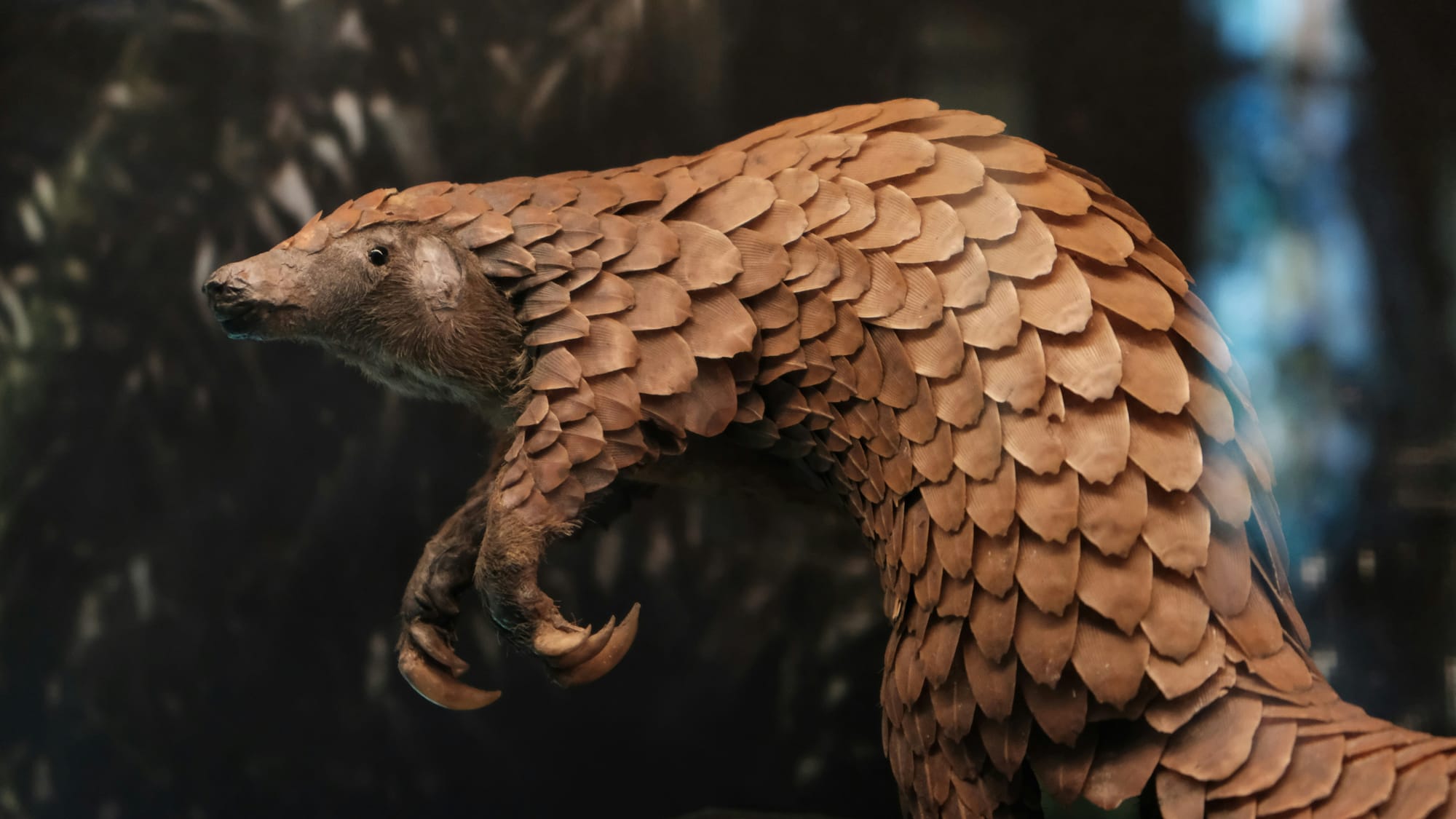
This scaly mammal is the unfortunate victim of tradition and beliefs that are driving it to the brink of extinction. Pangolin scales are largely used in Chinese medicine believed to cure a number of ailments. Their meat is also considered a delicacy in China and Vietnam making Asia the largest market for the poor mammal. The sad fact is their scales are made of keratin which is no different from our very own nails.
All 8 species of Pangolins have gone from vulnerable to critically endangered in such a short period of time. According to WWF, Four species live in Africa: Black-bellied pangolin, White-bellied pangolin, Giant Ground pangolin and Temminck's Ground pangolin while the other four species found in Asia are: Indian pangolin, Philippine pangolin, Sunda pangolin and the Chinese pangolin.
Despite their sad reality, this mammal is solitary and nocturnal and can be found in forests and grasslands. You’ll find them burrowed in the ground or a hollow tree. This absolutely peaceful mammal fancies a diet of insects preferring ants the most. Their diet choice makes them the forest caretakers as they protect the forest from termite destruction. According to Africat Namibia, Pangolins consume approximately 70 million ants and termites per year keeping our forests healthy and ensuring a balanced ecosystem.
Other than the fact that they roll up into a ball leaving their scales exposed as a defensive mechanism, little is known about these highly threatened mammal. Due their very solitary nature the mammal hasn’t been studied much and the current threat to the species just adds to this challenge.
White-backed Vultures
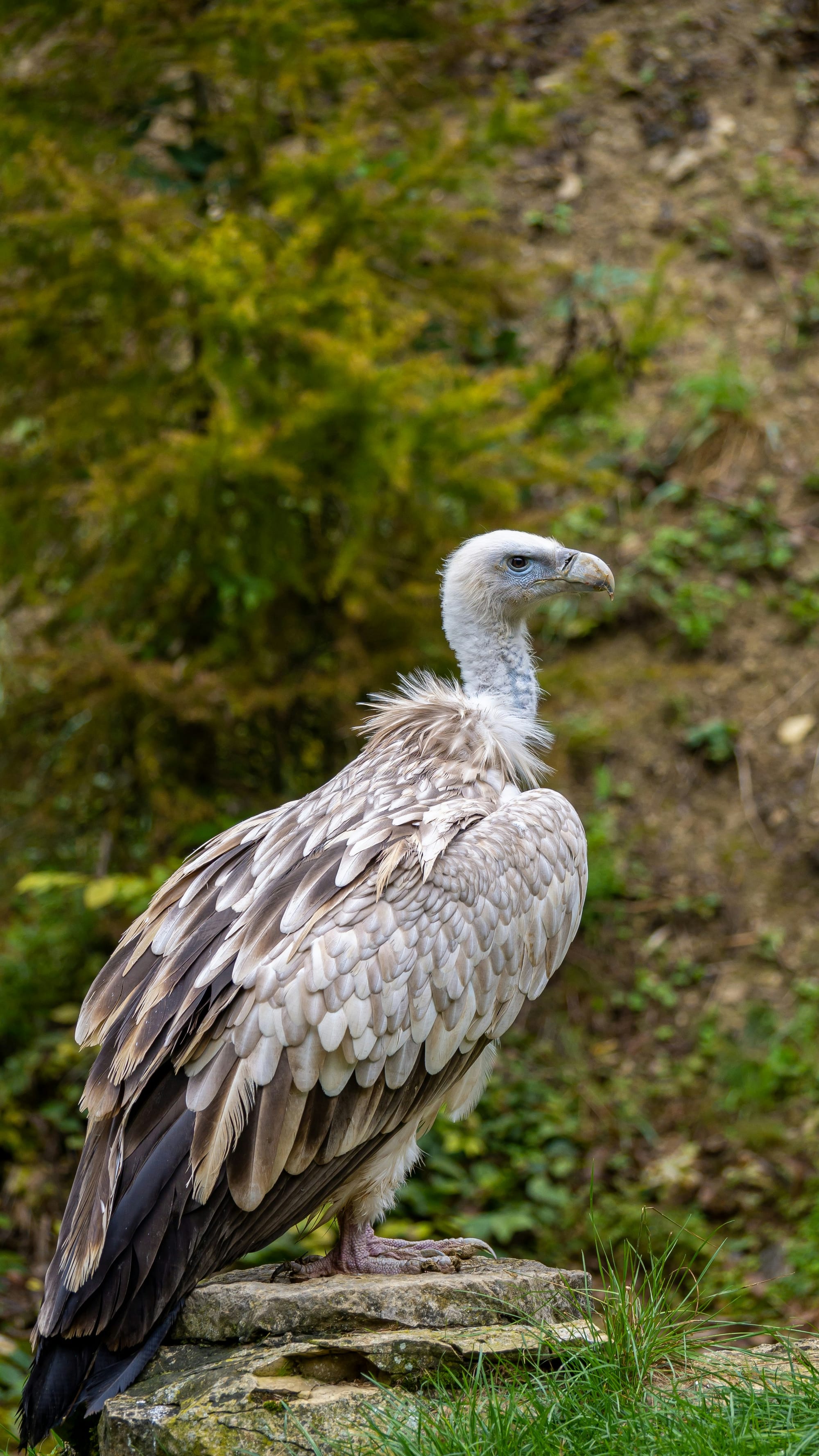
Natures’ top notch clean up crew is fighting for survival. Did you know that around 100 African White-backed Vultures can strip a 45kg carcass clean in about three minutes? Vultures are primarily scavengers that feed on carrion keeping pests, bacteria and diseases at bay.
Generally African vultures are endangered and the White-backed vulture in particular is categorized as critically endangered. Gyps africanus (its scientific name) can be found in East Africa, Southern Africa and forests in West Africa. As the name suggests this vulture is known for its white feathers along its back and neck that contrast with the rest of its dark brown body.
This bird in flight is an absolute sight to see as they seem to glide so effortlessly showing off their astounding wingspan. Done with their cleaning duties, vultures are known to be quite the groomers and can be seen near water holes cleaning their plumage. Contrary to popular belief, vultures are actually clean creatures and do enjoy getting spick and span before their next gig.
Sadly, vulture populations are decreasing dramatically mainly due to carcass poisoning by livestock farmers and poachers to cover their tracks. Since vultures are always first on scene when an animal dies they unknowingly sound the alarm to the authorities when poachers kill an animal and are now paying a hefty price for it.
Other threats to their numbers include habitat loss, power lines causing obstacles during flight and harvesting for cultural practices.
Bonobo
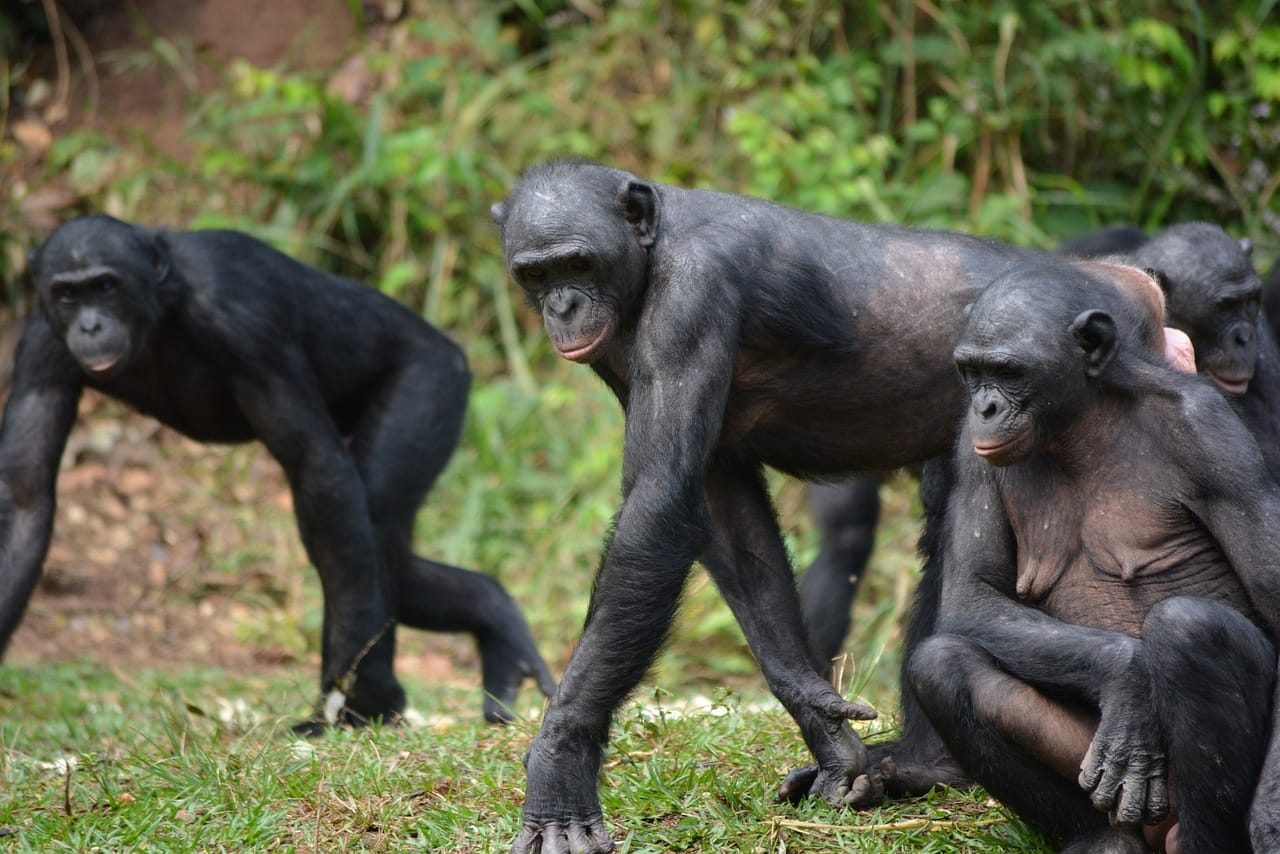
As far as studies on great apes go, little is known about our closest relative the Bonobo, together with the Chimpanzee they share 98% of our DNA. The Bonobo scientifically called Pan paniscus was the last great ape to be scientifically discovered and categorized as a separate species in 1929. The species has long been thought of as a sub species of the Chimpanzee but upon careful study there are features and characteristics distinguishing the two.
Perhaps we can start with the fact that Bonobos live in matriachial societies making them the only ape with this kind of structure and the wonders do not end there. Known as the lovers of the great ape family they are seldom violent and are even known to resolve conflicts and keep harmony through sexual contact for purposes other than reproduction.
Bonobos are also seen to be altruistic and empathetic known to even help total strangers. It seems that this species can teach us a thing or two about being kind and humane to each other. Despite their gentle nature bonobos are under pressure fighting for their survival. Endemic to the Democratic Republic of Congo, bonobos are endangered facing threats such as poaching and habitat loss.
These primates are a vital part of the ecosystem acting as seed dispersers for forest regeneration in the Congo, and hence conservation efforts will not only protect them but the forest too.
Sea Turtles
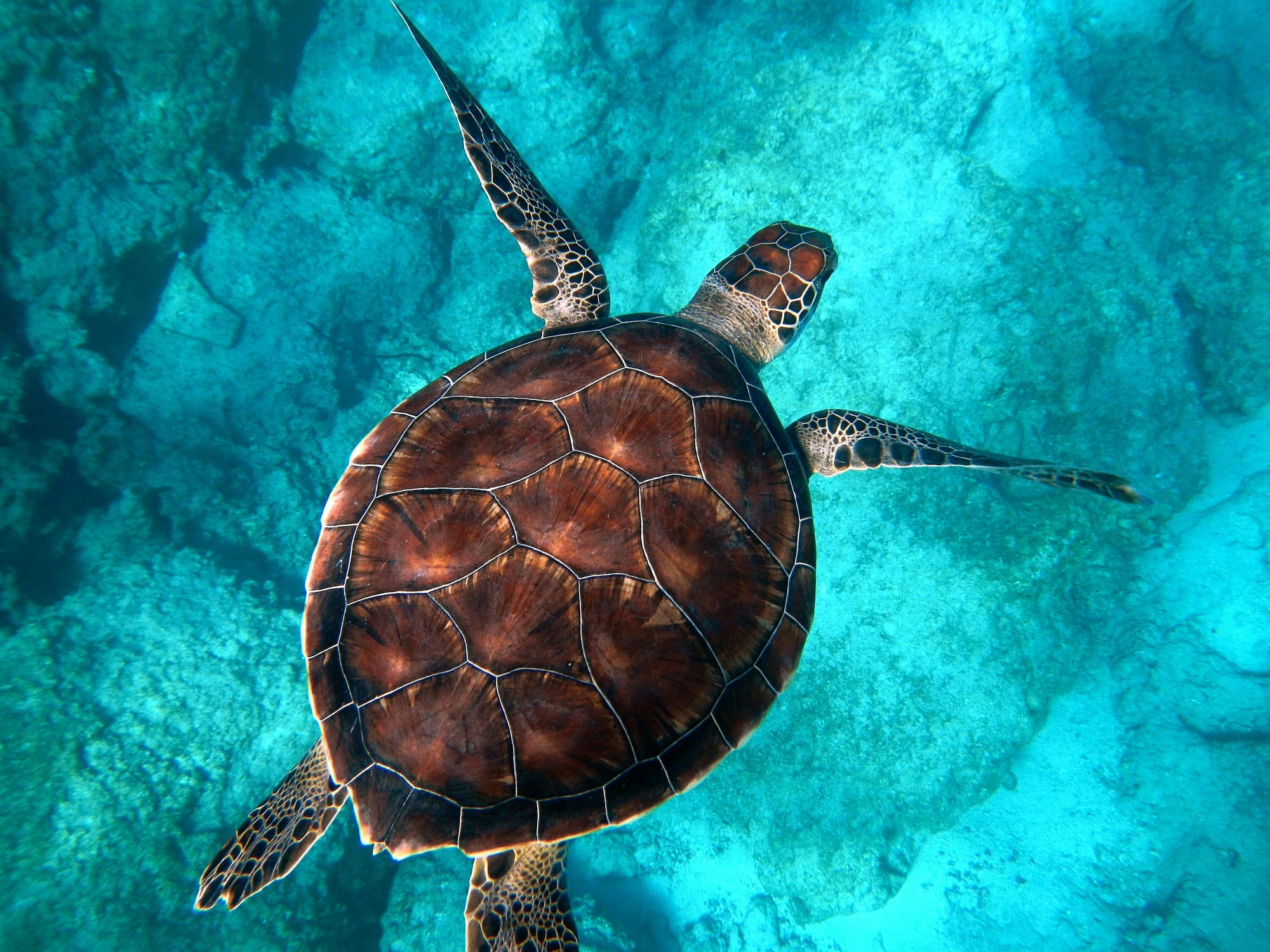
Did you know that five (leatherback, olive ridley, green turtle, hawksbill, and loggerhead) of the seven sea turtle species can be found in Africa’s coastal shores and nearly all of them are classified as endangered. The remaning two species are the Flatback turtle and the Kemp's ridley which can be found in coastal seas in Australia and the USA. However turtles are highly migratory and move a lot in search of nesting grounds and foraging for food.
Sea turtles in general are not very social creatures and spend most of their adult life in solitude. They can mostly be seen in large groups during the nesting season and even then very little interaction has been observed among the reptiles. Once hatched it is a race back to the sea where they can spend almost 20 years before returning back to shore to lay their eggs again. Interestingly female sea turtles instinctively lay their eggs on the shore that they were born and males almost certainly spend the rest of their lives at sea.
Studies have shown that only 1 in 1,000 hatchlings make it to adulthood but those that do can live upto 150 years of age hoping they dont face major threats. Turtles have posed quite the challenge when it comes to studying them as hatchlings are incredibly difficult to study once they make it to the sea (if they do) and adult turtles spend a lot of time submerged at sea. However human interactions are often pleasant as these creatures are docile and friendly.

Despite their gentle nature, turtles today face a multitude of threats with the major one being, accidently getting caught in fishing gear as by catch. Other threats are poaching for their meat and shells and also climate change which is altering the sand temperatures required for their young ones to hatch.
Sea turtles are vital for marine ecosystems, they help maintain the health of seagrass beds and coral reefs that create other fundamental ecosystems for fish and other marine life. Moreover, turtles are known to have lived more than 230 million years ago and losing this monumental reptile to extinction would be devastating.
What next?
Throughout this article I have shed some light on rarely talked about African species that are fighting for survival on our planet. While I may have picked a few the reality is, most species today are struggling and not just in the African context, on a much larger global scale and the major reason is centered around human activity.
Habitat loss, poaching, overharvesting, entanglement with fishing gear, trophy hunting, poisoining carrion, pollution of oceans, you name it we’ve done it! We are pushing the planet to its limit and are now living with devastating results.
That said, through ongoing conservation efforts we are slowly rebuilding a bridge for nature (plants and animals) that we have so badly burnt but thats where the focus needs to be. Encouraging positive efforts that will set us down the right path for future generations.
Nature can and will bounce back but only if we give it the support that it needs to do so.
*Article Featured on the Africa Network for Animal Welfare (ANAW).
Citations:
- The Sea Turtles of Africa (2017, February 1). The State of the World’s Sea Turtles. https://bit.ly/41qexbr
- Sea Turtle Conservancy. Information About Sea Turtles: General Behavior. https://bit.ly/3mFfAFw
- World Wildlife Fund. Facts on Bonobo’s. https://www.worldwildlife.org/species/bonobo
- Frans, M. (2006, June 1) Bonobo Sex and Society. Scientific American. https://bit.ly/3KAH7jt
- The Peregrine Fund. African White backed vulture. https://www.peregrinefund.org/explore-raptors-species/vultures/african-white-backed-vulture
- Africat Namibia. Ground Pangolin. https://bit.ly/40bhrQa
- World Wildlife Fund. Facts on Pangolin. https://wwf.to/418mMJk
- Lafeber Company. African Grey Parrot. https://lafeber.com/pet-birds/species/african-grey-parrot/
- Rainforest Alliance. ( 2012, September 20). African Grey Parrot. https://bit.ly/43tR4I9

